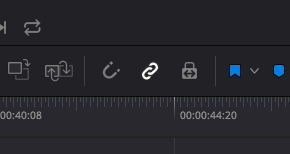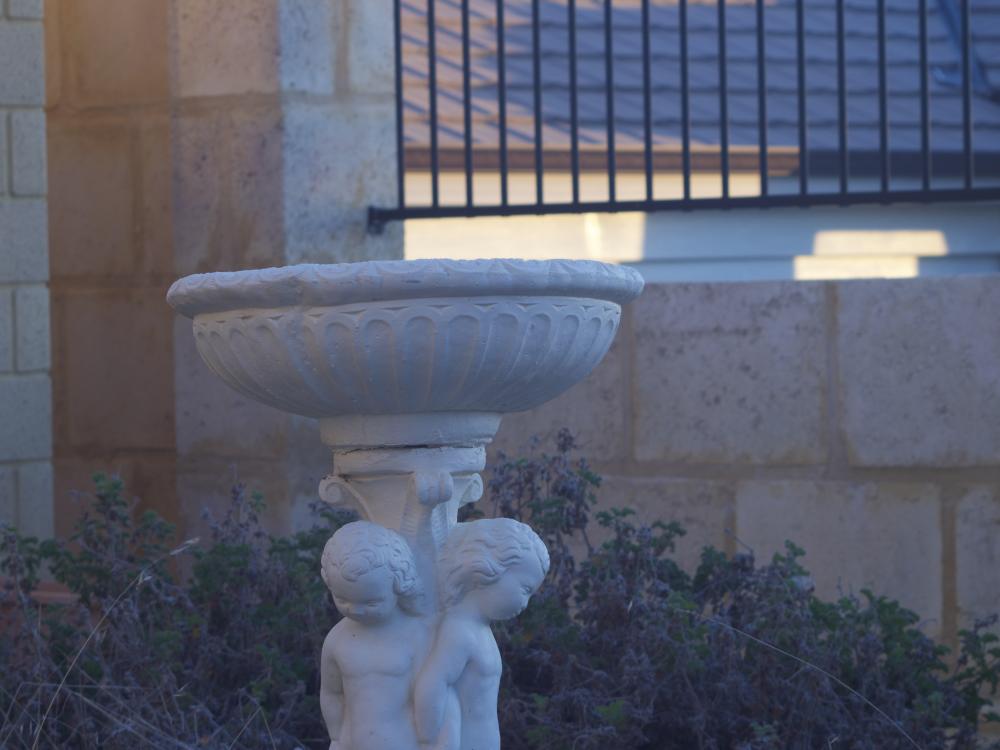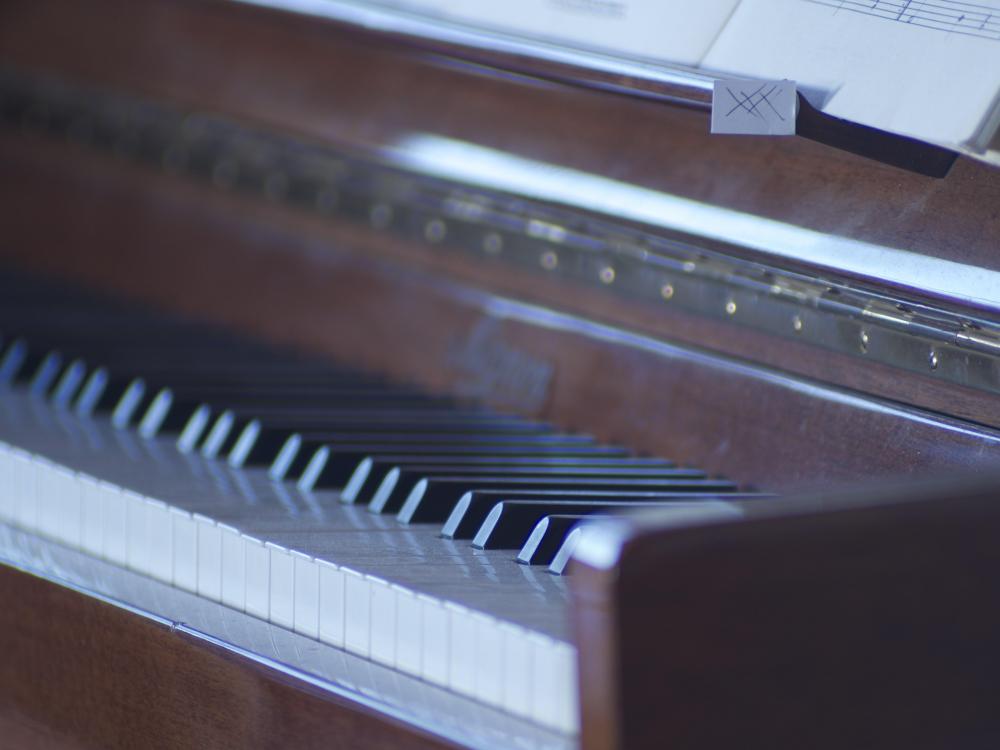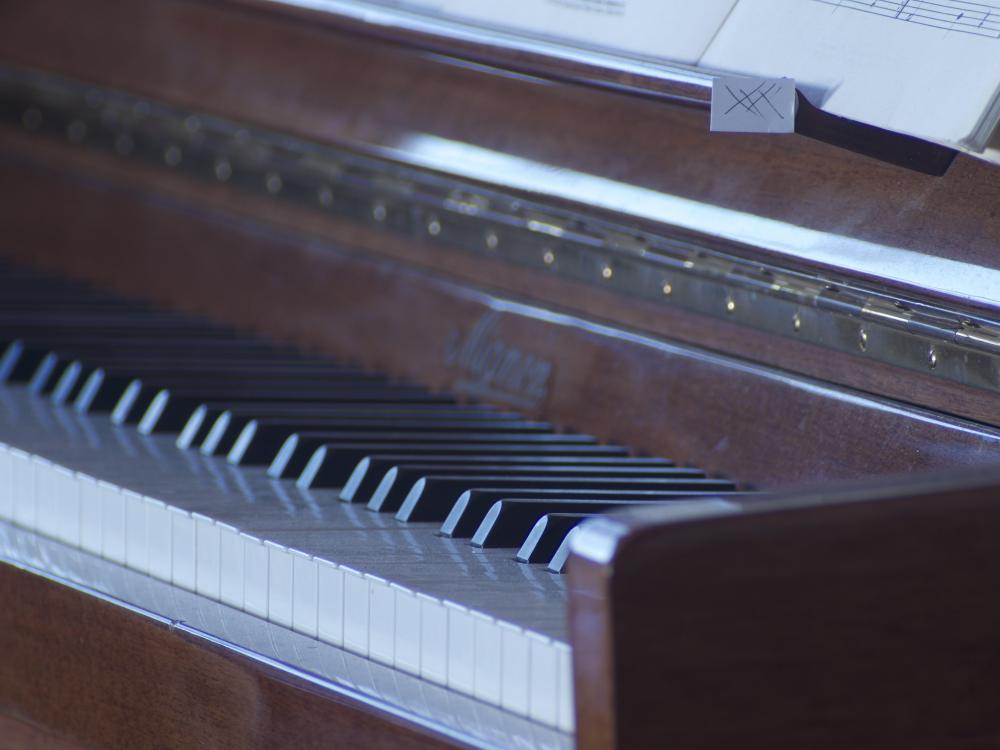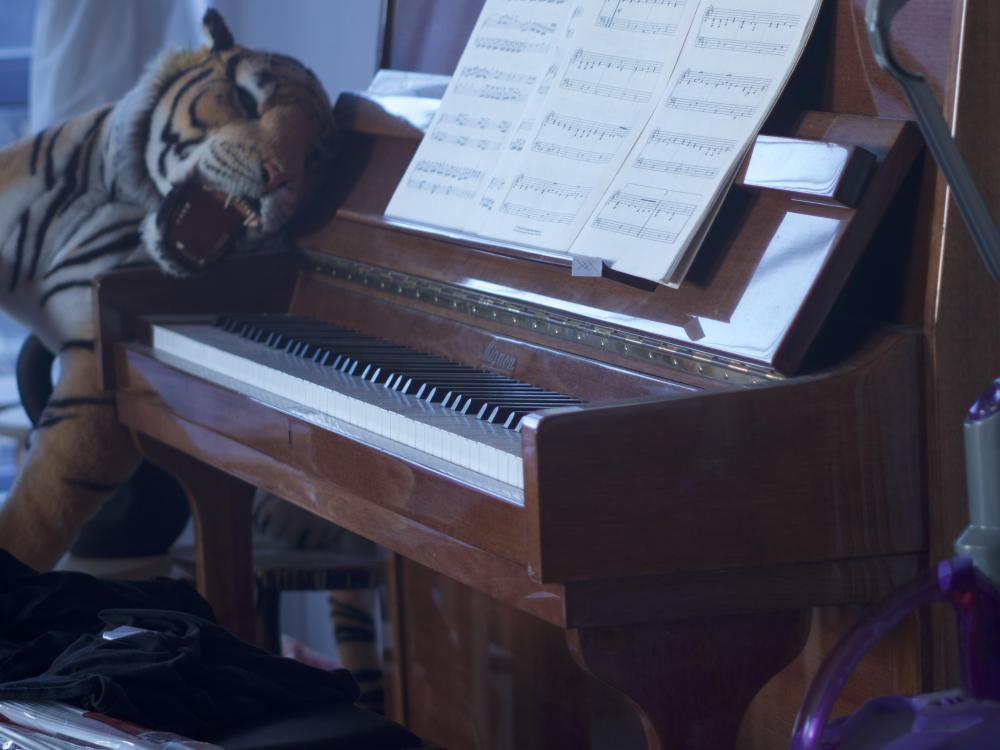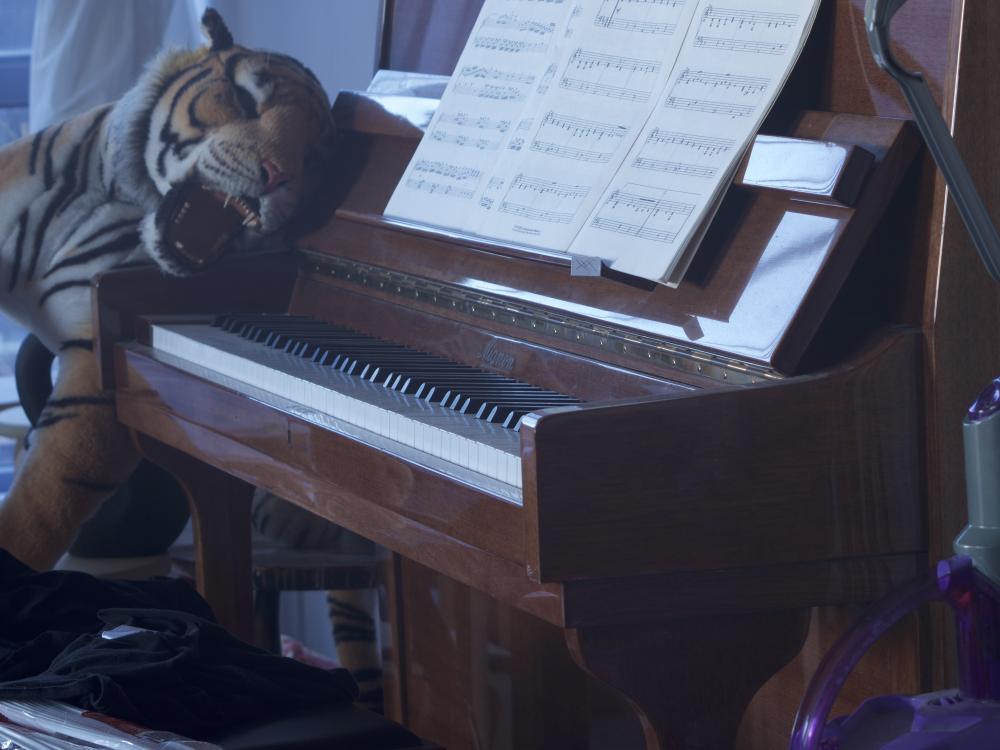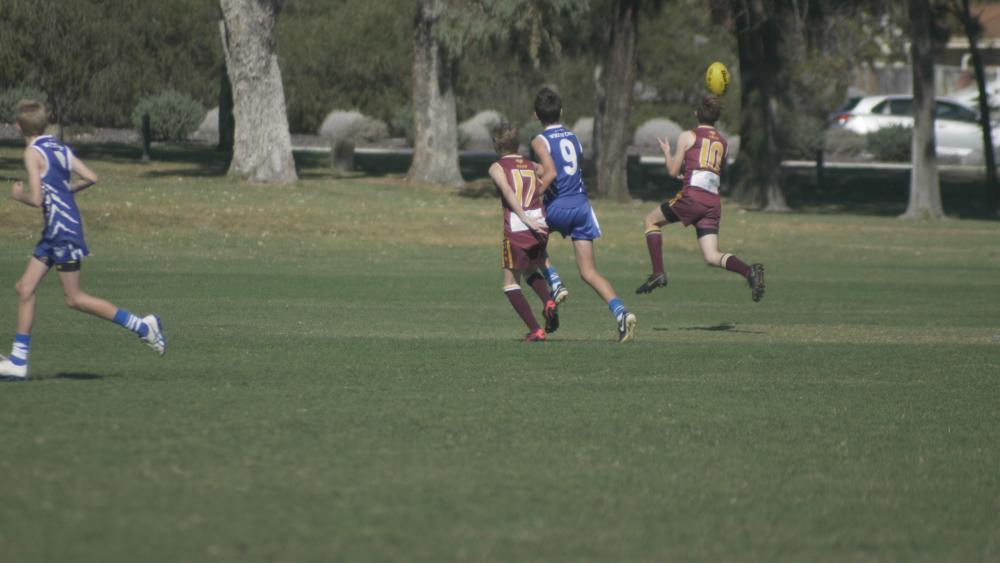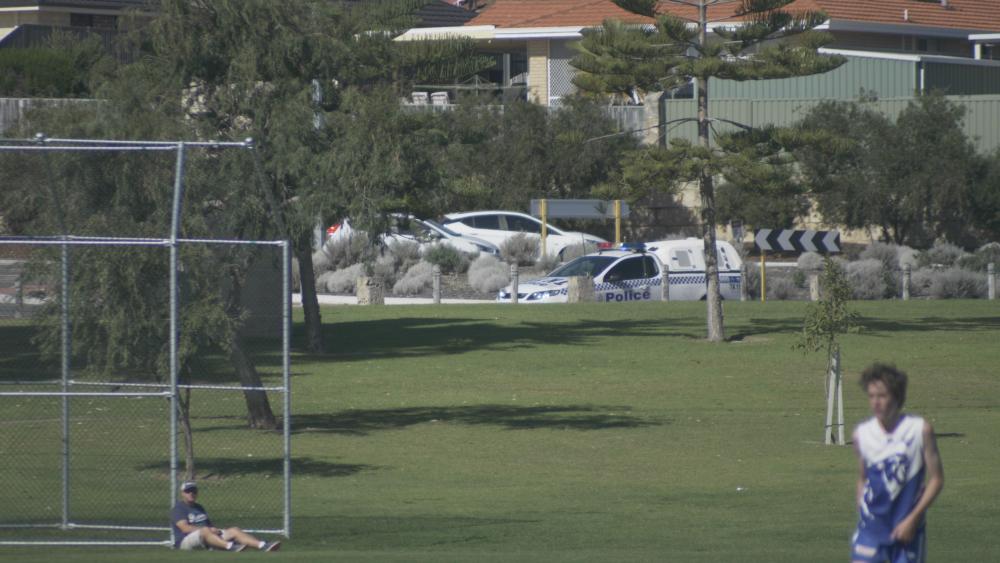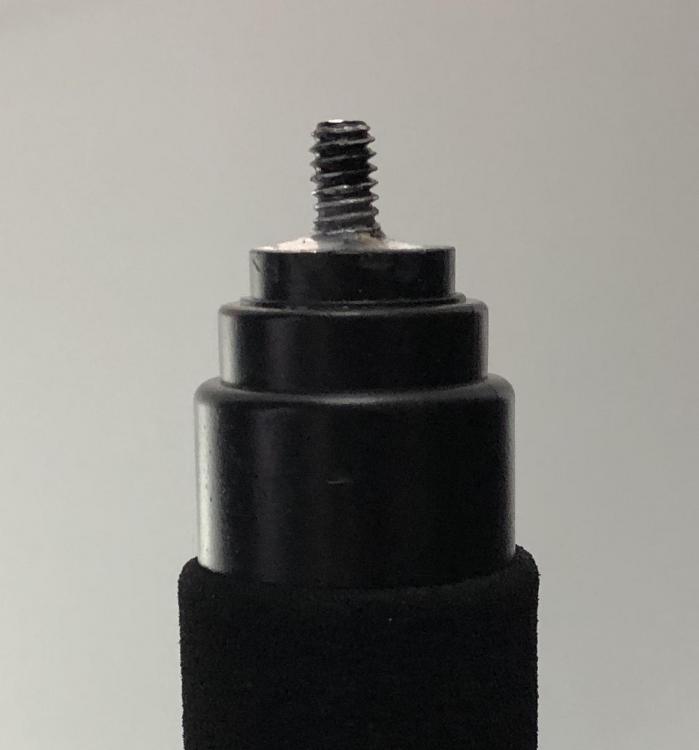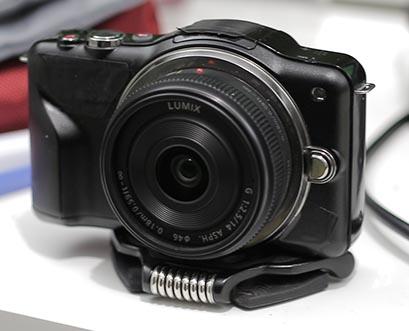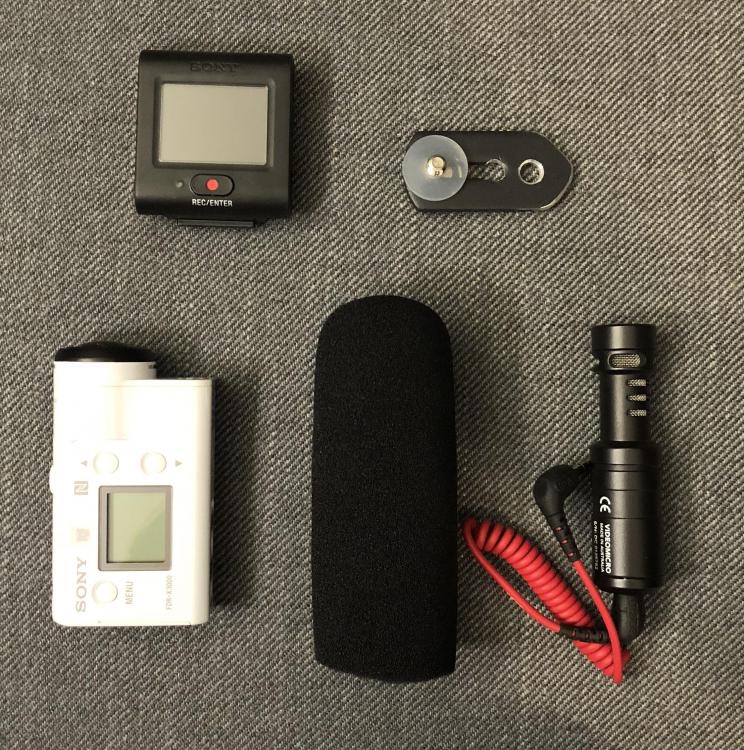-
Posts
8,032 -
Joined
-
Last visited
Content Type
Profiles
Forums
Articles
Everything posted by kye
-
Please share if you go that direction! It's probably beyond my level but would be a fascinating setup to see ???
-

Panavision announce new Electronic ND Filter, powered by built-in battery
kye replied to Andrew - EOSHD's topic in Cameras
Nice. Maybe this tech will be included in the forthcoming Panny FF Cinema camera, or the GH6 perhaps? I think so. Not sure how far it got though. -
Did some research, but ruled it out because: they're expensive, I have to stop down (3ccd vs 1 sensor), powered zoom is a hassle, and they're big enough to move other parents from thinking "look at that guys camera" to thinking "what do you think that guy's up to? hmm..." I already get noticed (some kids were kicking a ball behind us and it came pretty close and the kid who came and picked it up said "sorry camera dude!" which I thought was pretty funny) but there's only so far you can stretch the 'enthusiastic parent' role these days.
-
If people got used to things they didn't like and stopped talking about them, newspapers and magazines would be 10% the size they are now!
-
Directional audio?
-
I had that confusion at first too. The other part of the puzzle is the Linked Selection toggle switch in the toolbar: It's the one in the middle with the two chain links. If you have two linked clips and that toggle is on then clicking on one will select both, but (what I think you might have done) is to untoggle that option and even if the clips are linked you will now only select or move one of the linked clips and not both.
-
Nice pics! In a sense, I can't imagine shooting sports with MF either. I do it, but it's about the situation you're in. I do it for myself, I only make highlights videos so 'coverage' isn't a thing I have to worry about, and so basically I just try my best and whatever works is great, and shots that I miss are no big deal. I also kind of have an advantage shooting things so far away (our fields are >100m long) that DoF is pretty deep just because of the distance. If I was rich I think I'd have a fancy parfocal zoom, but actually I'm doing ok with what I have. I used the zoom function on the lens far more than I thought I would, even on the first outing, so that's encouraging. Considering it's so low res and has such a small sensor, pick up almost any camera, put on an all-in-one zoom on it, then in post make sure you over-sharpen, add contrast until you're clipping shadows and highlights, then export at low bitrate 480p (or 360p) and it'll look just like the real thing!
-
LOL. I'm assuming it was F8.. the clicks on these lenses are all over the place, some have two clicks per stop, some one click, some have a mixture. It was 4 clicks from 3.8 to 8, which makes sense in a two-clicks-per-stop sense, and it looked like it was lined up to the number, but who knows. Maybe it was half a stop faster. In terms of the quality, I'm pretty happy with it as I don't feel I've lost any IQ from my Minolta primes. I was concerned as vintage primes are considered to be far better than vintage zooms, but being a fixed aperture zoom I figure this one might have been a premium one, plus the fact that the m43 sensor is only looking at the middle of the image circle and has cropped most the nasties in the corners. Looking at the footage I take of the players on the field I've concluded that focusing is my biggest challenge, not lens sharpness. I could make that easier by stopping down, but I do like a bit of background separation, and to do that at any distance requires the lens to be fully open. I'm often shooting at >100m away from the players, so I need all the help I can get
-
Can you just pull them into PS and rescale them manually, stretching it by the right ratio?
-

Three cheap variable ND filters shoot-out - which one should I keep?
kye replied to heart0less's topic in Cameras
Not completely silly. You have to understand the tech, and sometimes talking about it online makes you explore a topic thoroughly and sometimes other people notice things you don't, etc. But then comes using the tech, and most of the time it's the tech you love using that will give the best result at the end of the day, simply because it's inspiration and creativity that win over purely technical aspects. My recommended approach is to get into the tech and understand it, work out what it means for your style and approach to film-making, test it out and explore it and get to know it, then forget it and go make art. -

Three cheap variable ND filters shoot-out - which one should I keep?
kye replied to heart0less's topic in Cameras
Which one makes you feel like getting out there and making kick-ass films? -
@ThomHaig have you shot hand-held before with IBIS or OIS? @androidlad may be right or may be wrong, depending on how you shoot (walking, ninja walking, creeping, not moving), how steady your body is, how much you can lean against things, how steady your hands are, what focal lengths you are shooting, how much movement there is of your subject, and how much movement is acceptable for you. I shoot hand-held with the GH5 and manual primes and I have pretty stable hands but the results are still variable. Sometimes I get rock-solid shots which could have been a tripod, sometimes I get shots that look like a hand-held cinema camera (they have human movement but it's not jittery) and sometimes the shots are pretty rough. Considering how much money you're talking about spending, maybe hiring before buying might be useful?
-
Looks pretty good to me! Considering the grain from ML raw is so nice, and considering that any compressed delivery format normally kills most texture anyway, I'd say you've got a huge amount of latitude. Try pushing it in steps as far as ML will let you take it, then grade it like you would for getting levels and saturation etc right, then upload to YT as a private video and see how it turns out. In other news, here are a few test shots from my new Sun Zoom MC 70-210mm f3.8 lens. I could tell the moment that it arrived that it was a winner, and I'm sure that after I tell @BTM_Pix how much it cost then the result will be unanimous! ??? Images from GH5 raw converted to JPG in post but otherwise untouched... Apologies for the fading light, so best to ignore slight colour changes. 70mm f3.8: 70mm F8: ~130mm f3.8 ~130mm f8 200mm f3.8 200mm f8: and a bit more graduation in DOF, with highlights off-camera.. 70mm f3.8: 70mm f8: 200mm f3.8: 200mm f8: and a few random screen grabs from this mornings game: Overall it seems like a nice lens to use, but because it's not parfocal and I'm not practiced with it, if I'm tracking action and I zoom then I lose focus and don't know which way to go to get it back. If only my eyes had phase detect and weren't limited to contrast detect!
-
Unfortunately, it appears not. I just changed it from 1->2 to 2->1 and saved it to C2, turned camera off then on again, and now C1, C2, and C3 are set to 2->1. I did the opposite and they all changed back to 1->2, so it looks like that setting is global, not part of the custom profiles.
-
New setup went well today. I'm not sure I would change anything, at least based on todays shoot. The worst part about the shoot today was that I forgot to take my hat! The setup consists of: GH5 Rode VMP+ Sun 70-210 f3.8 lens (sample images to come) cheap ebay monopod (modified with the head removed) The mic is mounted on the side and forward which pushes the camera back from the monopod allowing easy access to the viewfinder. It's a cheap ebay flash adapter like below, with the camera QR plate on one end, a cold shoe adapter on the other for the mic, and the monopod in the centre mount: The tripod is modified with the head completely removed and a screw installed in the 'cap' that used to support the head. It's not quite straight but, oh well, whatever! The screw is actually the screw part from one of these, which I used epoxy glue to hold in place, and the flat part meant for the cold shoe provides a strong connection for the whole thing. I still have a niggling want for a lens longer than 200mm, maybe a 100-400 zoom, but there don't seem to be any cheap fully manual ones around. The players at the other end of the field are pretty small in the frame even at 210mm (420mm equivalent).
-
There are lots of tiny cameras that can deliver professional or semi-professional images, but they still stop short of being an all-in-one solution that offers acceptable image quality, stabilisation, and audio quality. For this we still need a rig of some kind. This thread is about creating hand-held rigs that deliver: Good to very good image quality Sufficient stabilisation for hand-holding (movement is fine, but it can't be too jittery) Good to very good sound quality that is directional (or at least separates the subject from the background) Fits in a pocket Minimal time to start recording (have little to no setup time) I'm building a rig around my new Sony X3000, but this thread could easily apply to anyone using a GoPro, DJI Osmo Action, or RX0, would also extend to point-and-shoot cameras, and even the smallest mirrorless cameras if the lens they choose is small enough (lots of pancake lenses would be borderline pocketable). These might be an A-cam rig for vloggers, travel film-makers, backpackers, minimalists, or (like me) a B-cam setup for use in conjunction with a larger more complicated rig. We've touched on these topics before, @Don Kotlos shared this great (borderline pocketable) example: I mucked around with my GF3 (which lacks the required audio quality, or image quality): and people are out there taking tiny cameras and making rigs that are 10x the size of the camera: I'm still waiting for items to arrive, but I'm starting with the X3000, Rode Videomicro, an ebay microphone windsock which will help with wind noise but will also be a shock-mount, but have more bits on order, so updates to follow. Who else here is pushing the limits of quality vs size?
-
I agree - you're absolutely on the money from a journalistic perspective. This approach ranges anywhere from hard-hitting journalism (where you ask tough questions in an attempt to go beyond the PR messaging and pre-prepared sound bytes and expose something new) through to 'covert' tactics like Who Is America (where you pretend to be aligned with the views of the person you are interviewing in order to get them to open up about views they would not normally reveal to a broader audience). Other approaches could be PR videos where you aren't interested in exposing any new information, but simply showcasing the interviewees rhetoric or rationale or world-view. Depending on your personal beliefs this could either be viewed as "making sense" or "propaganda" Another approach could be to move beyond PR and go for education. For example, there is global agreement from people that know what they're talking about that we're in a climate crisis and yet the debate still rages on, which means that the gap isn't knowledge, it's education. These videos might be a balance of rationale / world-view and polite skepticism designed to inform viewers about the topic and respectfully convince them of a particular perspective. I think understanding the position you want to take as a film-maker around these topics is a great place to start, because it radically changes the style of interaction you want to have with the people you are interviewing.
-
Yeah, fading light is terrible for camera comparisons unless you hit record on both at the same time (and have duplicate lenses of course). Wild guess, but .... Blues Brothers?
-
Don't feel bad - lots of others around have multiple cameras and could have put their hand up.. This stuff is all on top of our day jobs, families, and other stuff, which should all take priority
-
I also edit on a MBP and I have also noticed the Colour tab is slower. I suspect it's the extra work required to generate the waveforms. Try turning them off? In a sense there isn't a preferred workflow, it's whatever works for you. Colour grading is fiction. If the goal was to make the image look like reality we'd be using colour checkers and just using technical LUTs and the job would be done. Instead we do film emulations by artificially colouring shadows and highlights, compressing and expanding dynamic range according to our preferences, etc etc. In general though, it's wise to have a basic workflow: Do any exposure or WB corrections (that should have been done in-camera but weren't) Convert from LOG / HLG to the output format (rec709, HLG) Match shots Colour grade however you like Export
-
I don't shoot these so I can't provide examples, but the suggestion of watching the news seems like a sound one. I think it's really a question about how to learn a particular genre or style, which I have some random thoughts on: Find good examples (which you're looking for) Pull them apart in every way to understand them: What angles do they use? How long are the shots? What are the shots? Talking-head, B-roll, etc What is the sound doing? How much time are people talking and how much is SFX (kind of the B-roll of audio) What is the story like? Does it represent a three-act structure? Some other structure? What similarities are there? How would you shoot such a thing? What does the set look like? What equipment is required? Camera? Audio? Rigging? Lighting? Watch BTS videos to see what people are doing. Find wide shots in the BTS, pause the video, study the frame and see what you can see. By analysing deeply you will uncover the details, by analysing many examples you will notice patterns and themes. Think of it as studying. Learning doesn't stop when you leave school, so studying and the techniques we used in school also shouldn't stop
-
I love the GH5 because I can shoot handheld and get a handheld but not shaky look, like when people shoot handheld with a cinema camera that smooths movement a bit due to its weight. I worked out early on that I can't stand the aesthetic of the micro-jitters you get when shooting without IBIS or OIS or a rig, so for me it's an aesthetic choice. Considering you're enjoying your 5D+ML setup (and don't use huge rigs) I'd suggest that you don't need the IBIS in the GH5. Of course, having to rig it out completely vs the GH5 which has a screen, nice UI, buttons galore, etc is another matter. From that perspective the P4K might be the best of both worlds - not requiring a huge rig but still having BM IQ. I'm still keen to try to make the P4K match the older BM cameras in post-production. If anyone has the ability to film some useful test footage with the P4K and an older BM camera and can upload it then I'll put in some serious work to see if we can match the old aesthetic from the new camera. My theory is that we should be able to, because going from more resolution to less is possible, and having good bit-depth should be sufficient to grade and match colours etc. Thread is here: I don't have a BM camera of any kind, but if I can work out how to make the P4K have the magic of older BM cameras then I think I will learn a bunch trying to figure it out, and I'll get all kinds of interesting techniques to use with my GH5 footage, so I'm definitely up for it. I feel your pain. I also shoot my family a lot when we travel in privately controlled venues like skating rinks, museums, art galleries, parks, water parks, etc where the normal rules about the right to film in public don't apply. This is why I'm trying to keep my setups to be as minimal as possible. I think it's having a microphone, and having it look big and complicated that are the issues. Just wait for 8K - we'll be writing essays!!
-
It could be the music, I'm very musically oriented so that's definitely a factor. I guess the other aspect is that your video had contrast between fast action and slow-motion, whereas the NFL one was all slow-motion. I'm not surprised about the degree discrimination - that's a class thing - they want someone who is "one of them" and screw talent or ability. Hiring incompetent people you went to school with is practically the theme song for the worlds elite. On the GH5 I only have HLG on the 25p mode (and the 1080p50 10-bit mode IIRC), so the 4k50 and 1080p120 are Cine-D. I'll have to play around with those profiles to see what latitude they give, and if doing things like reducing contrast will help. More homework!
-
There isn't a lot of love for the GH5 when compared to the older BM cameras as the 4K modes have that new/modern/digital look about them, which people often counter with vintage lenses, but the 6K modes are a different beast. I wonder how much the 6K 10-bit h265 mode improves it in the eyes of the classic BM camera fans? I'm not suggesting that it makes it Alexa territory, but my impression was that it takes it a good step in that direction?
-
Finally got around to watching the NFL highlights video and while I appreciate the level of skill of the camera operators, for some reason I enjoyed your reel better. I have no idea why, but just thought I'd share my impressions. You inspired me with the slow-motion shots and I shot my last couple of games in 4K50 8-bit as well as a bunch of random shots in 1080p50 10-bit and 1080p100. The Australian sun has been out in full force the last few weeks (despite it being only weeks from winter here) and those games were around midday so the light was harsh, so I'm curious about if the 10-bit will give me extra latitude in post to really push and pull the grade around. If the new Speed Warp slow-motion feature works sufficiently well I might be able to get away with 1080p50 10-bit and slowing it down to 25% so that it's simulated 100p where every second frame is AI generated. I modified my new monopod and my cheap and cheerful Sun 70-210/3.8 zoom arrived, so in combination with my new hat-compatible microphone setup I'll have an almost entirely new shooting setup this weekend. I've also been editing the footage from the Bull Ride event and discovering that I don't know what I'm doing when editing epic-action-with-slow-motion stuff, but I'm learning. Fun stuff!




